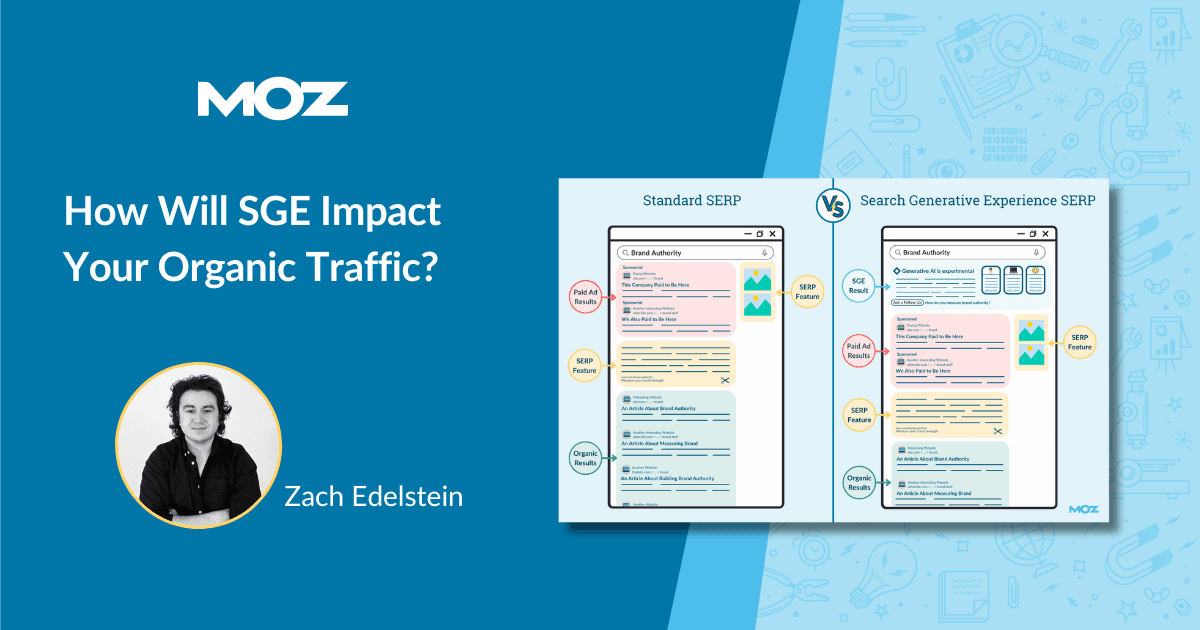To perform this analysis, you will need a sample of keywords to work with. Keep in mind that to fill out this template, you will need to manually examine search results for each keyword, so keep your list manageable.
Whatever sample of keywords you choose, make sure you know the percentage of total organic traffic that they represent. Try to analyze a set of keywords that represents at least 50% of your site’s traffic. Keep in mind that for a large site, a keyword set that represents 50% of traffic may contain only high volume and branded keywords, which is not a representative sample of the search internet behind the other 50%. Consider including some lower-volume keywords that are particularly important to your brand or revenue.
This will help you understand the impact SGE will have on the majority of your site traffic and make stronger statements about SGE’s impact to your stakeholders or clients.
Some sites have an extremely long-tail of keyword click volumes, meaning that the majority of your site’s organic search clicks will be spread across thousands of keywords. If this is true for your site, select a number of keywords that will work for you. The larger the percentage of site traffic that you are able to analyze, the stronger your statements will be.
This template requires manual analysis of SERPs for the keywords that you choose. At the time of this writing, there are no tools available to collect data from SGE’s experimental testing stage at scale. That may change in the future, and you will be able to check SGE results for your entire set of keywords automatically. For now, this will require some manual effort.
Export your queries from Google Search Console. You will need the query, clicks, impressions, CTR, and average position to add to the template.
